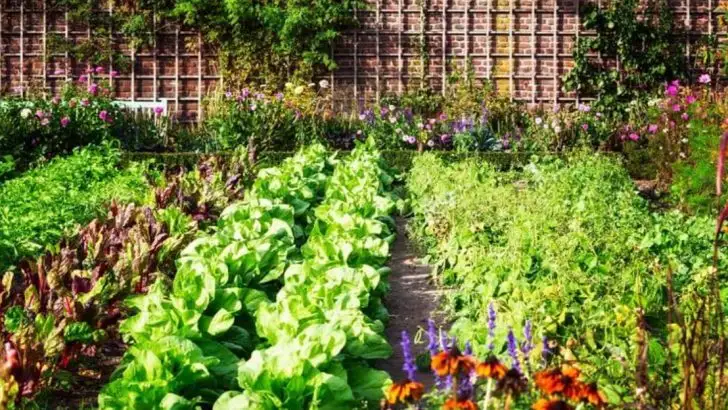Overplanting your garden might seem like a good idea at first, but it can lead to a series of unforeseen challenges that will leave you frustrated. When you crowd plants too closely together, they compete for essential resources like water, light, and nutrients, leading to stunted growth and weak plants. Not to mention, overplanting can encourage pests and diseases, which thrive in the cramped conditions.
One of the most common problems caused by overplanting is poor air circulation, which creates a perfect environment for fungal infections to spread. Additionally, you might find it difficult to properly care for each plant, whether it’s pruning, watering, or maintaining the right soil balance. Overplanting also complicates harvesting and can make your garden look chaotic rather than flourishing. Understanding the right plant spacing and sticking to it is key to maintaining a garden that not only looks good but thrives healthily throughout the seasons.
Stunted Plant Growth
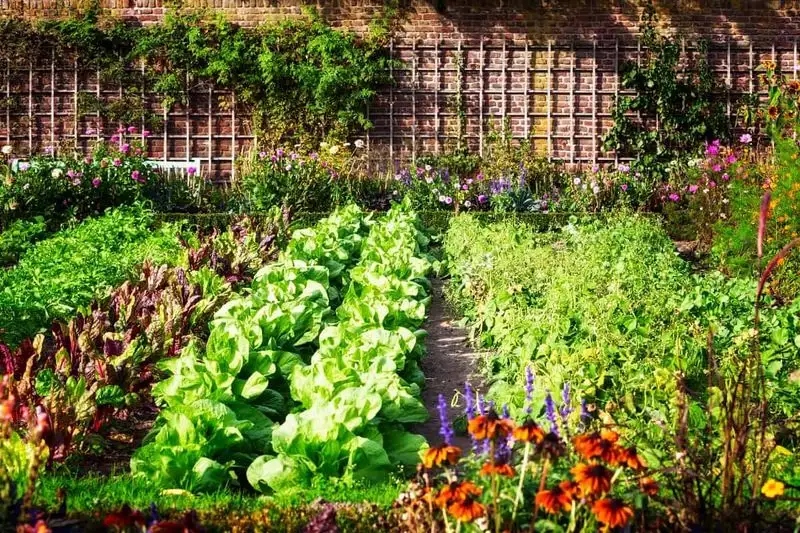
The vibrant potential of your garden may be hindered when plants compete for resources like sunlight, water, and nutrients. Limited space can restrict root development, leading to smaller, less vigorous plants. This can affect not only their growth but also their ability to produce flowers or fruit.
The struggle for essentials may also weaken plants, making them more susceptible to diseases and pests. Providing adequate spacing is crucial to ensure each plant thrives, offering the necessary room for roots to expand and leaves to stretch towards the sun.
Increased Disease Spread
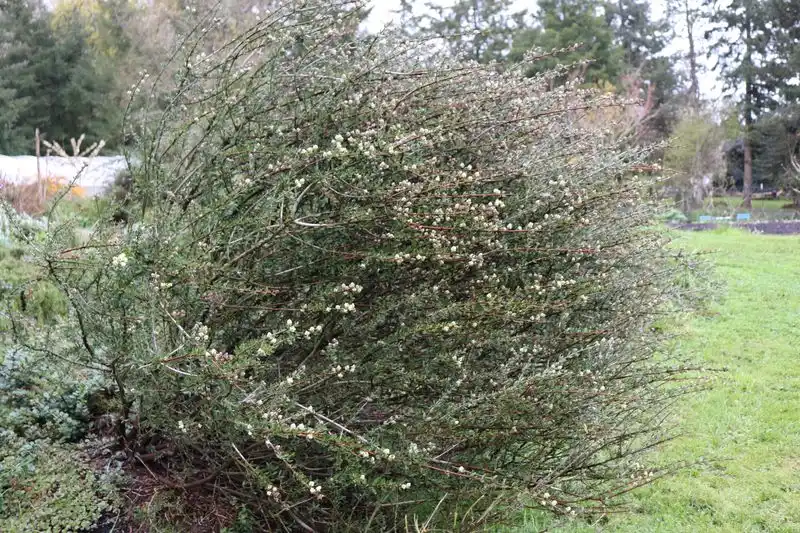
Crowded conditions can create a breeding ground for diseases as plants are in closer contact with one another. Moisture from rain or watering becomes trapped, unable to evaporate quickly, fostering fungus and bacteria growth.
When plants are tightly packed, infections can easily transfer from leaf to leaf. Ensuring proper air circulation by allowing enough space between plants can help mitigate these risks, reducing the likelihood of widespread disease outbreaks.
Pest Infestations
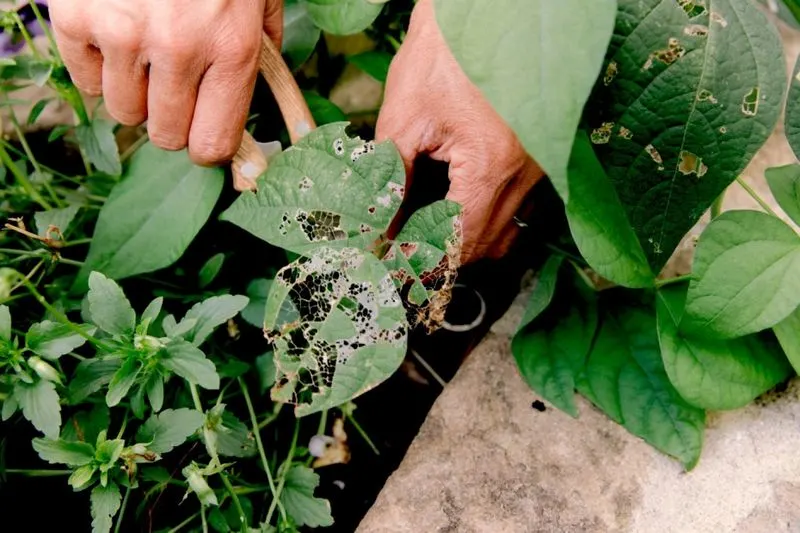
Pests find dense gardens particularly inviting as they offer plenty of food and places to hide. Overcrowding can mean that pests spread rapidly, causing significant damage before they’re noticed.
Regular monitoring and maintaining an appropriate distance between plants can help detect pests early. Introducing natural predators like ladybugs can also aid in keeping these unwanted visitors under control, maintaining a healthy balance in your garden.
Nutrient Deficiency
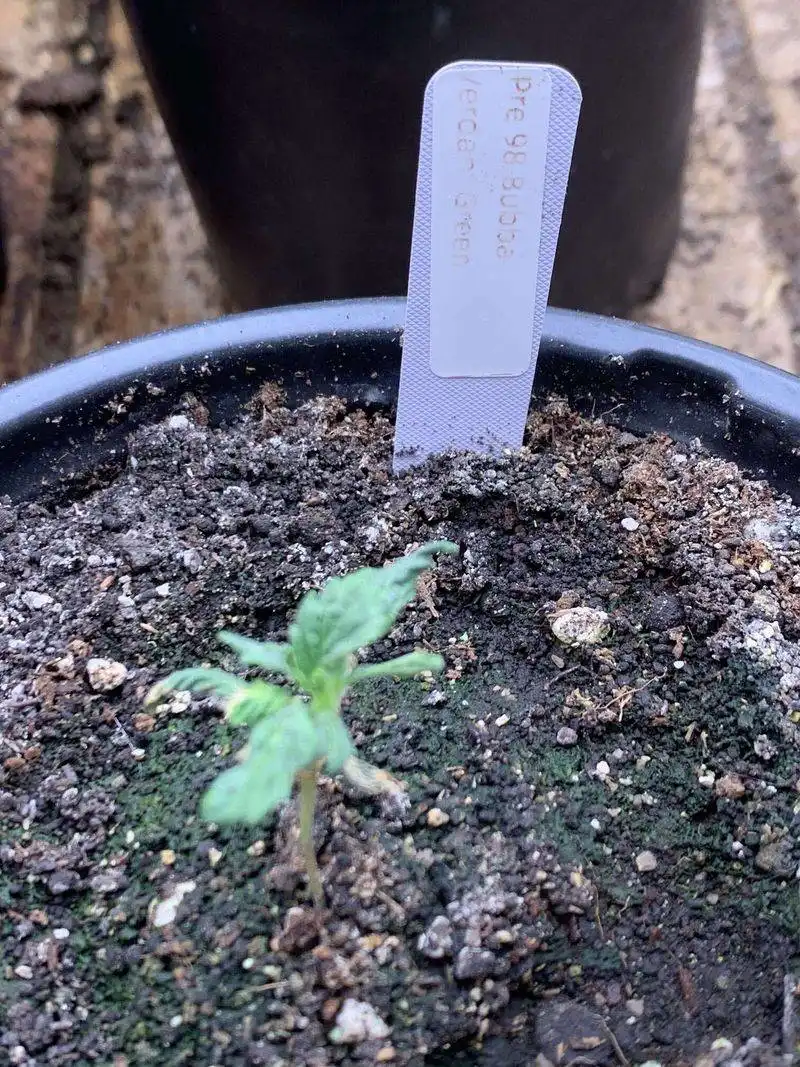
When too many plants vie for the same nutrients, deficiencies are likely to occur, leading to pale leaves and diminished vigor. This can severely affect flowering and fruiting, as plants struggle to meet their nutritional needs.
Regular soil testing and amending with organic matter or fertilizers can help replenish depleted nutrients. Ensuring balanced feeding according to each plant’s requirements can make a significant difference in overall health and productivity.
Water Competition
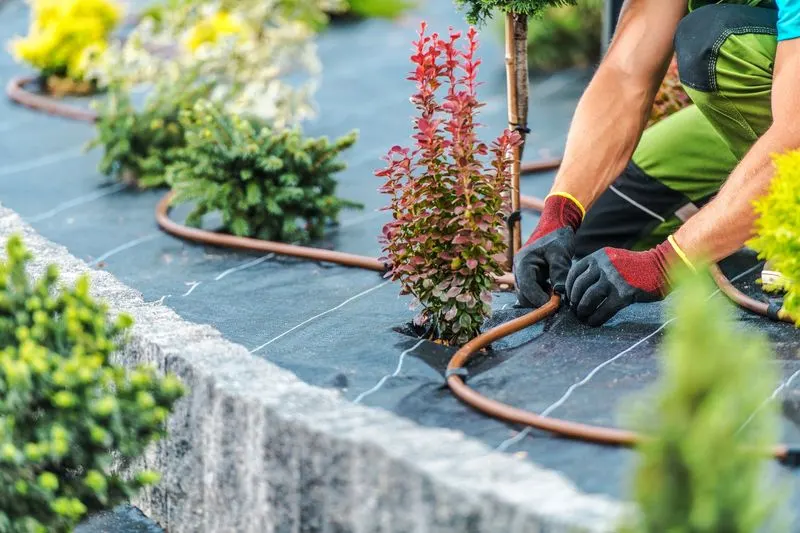
In an overcrowded garden, water becomes a precious commodity as plants compete for every drop. This can result in wilting and stress, especially during hot, dry periods.
Efficient watering strategies, like drip irrigation or soaker hoses, can help distribute moisture more evenly. Mulching can also retain soil moisture, providing a buffer against water scarcity and helping your plants stay hydrated and healthy.
Limited Sunlight Access

Tall plants can overshadow their shorter counterparts, restricting sunlight and slowing growth. Without adequate light, photosynthesis is impaired, affecting plant energy production.
Arranging plants according to their height and sun requirements can help ensure everyone gets their share of sunlight. Rotating plants and pruning can also prevent over-shading, enhancing light penetration throughout the garden.
Root Entanglement
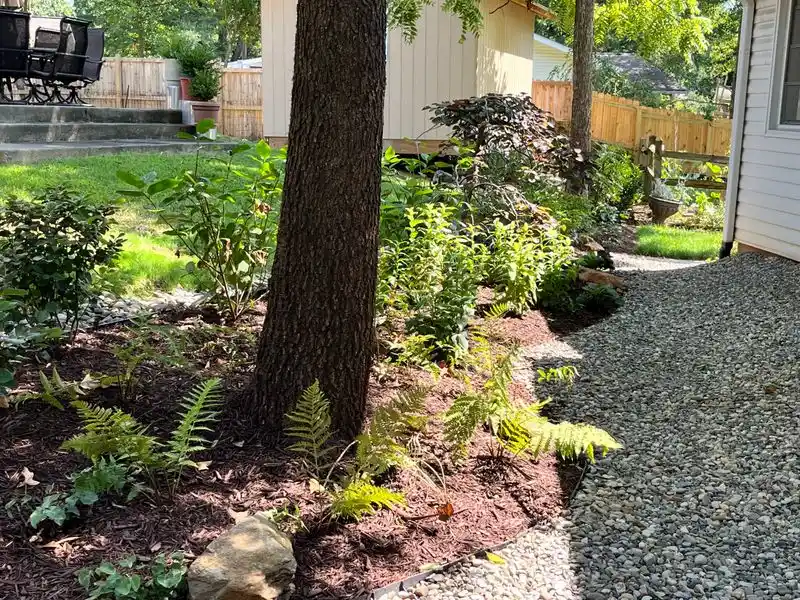
Roots spread out in search of nutrients, but in a crowded environment, they can become tangled and restricted. This can stunt growth and limit access to essential resources.
Providing enough space for roots to expand is vital. When transplanting, gently loosen any tangled roots to encourage outward growth. Proper spacing can enhance nutrient uptake and support robust plant development.
Difficulty in Harvesting
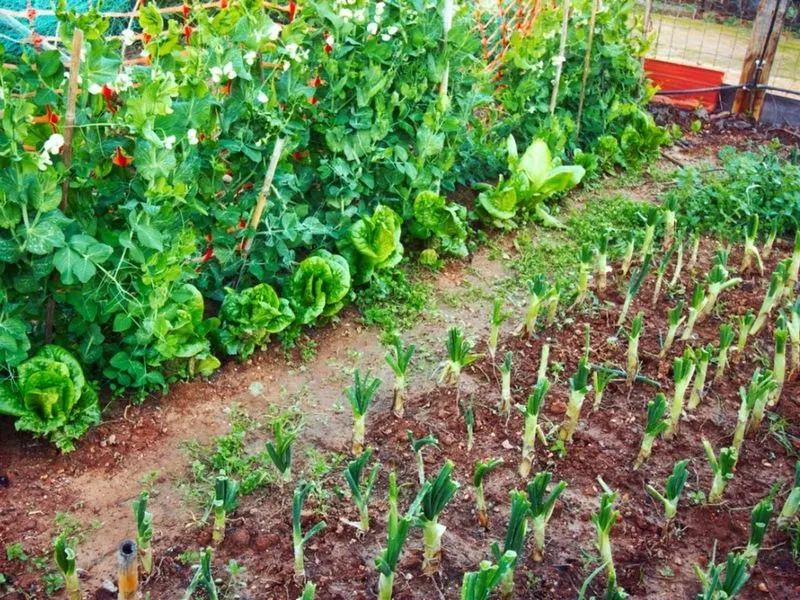
Navigating through a tightly packed garden can make harvesting a challenge. Reaching ripe produce without damaging other plants requires careful maneuvering.
Planning the layout with access paths can ease the harvesting process. Consider staggered planting to allow room to move and ensure that all areas are accessible without stepping on or damaging plants.
Higher Maintenance
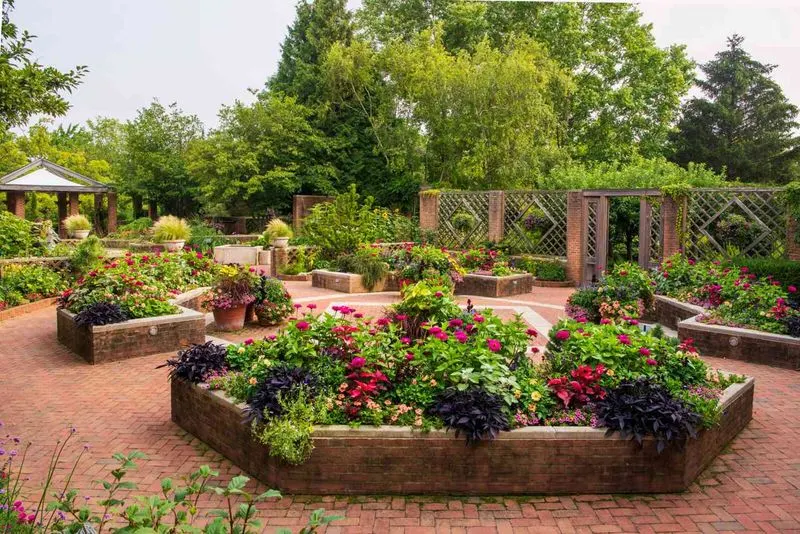
Overplanting increases the workload with more watering, pruning, and pest control needed. The time and effort required to maintain such a garden can become overwhelming.
Streamlining the garden with appropriate spacing can reduce maintenance tasks. Prioritizing plants based on their needs and employing efficient gardening techniques can help manage the workload more effectively.
Soil Depletion
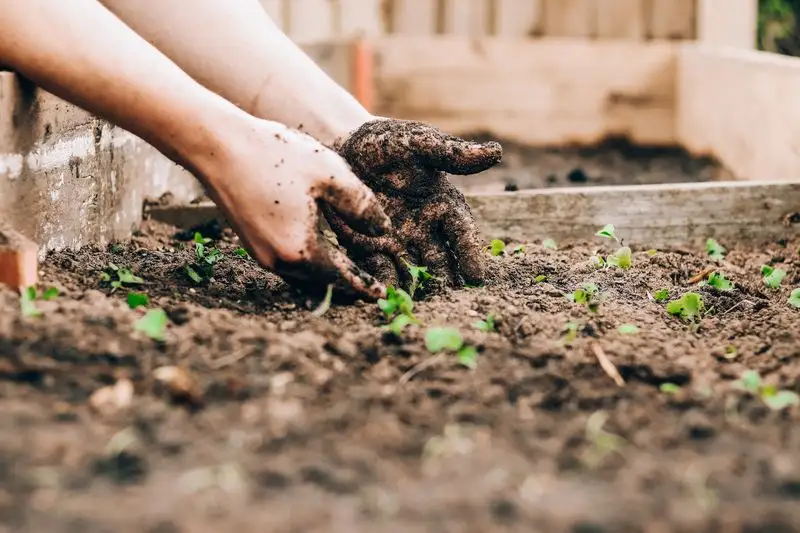
Intense planting can exhaust soil nutrients quickly, leading to depletion and poor plant performance. This can manifest in weak growth and reduced yields.
Regularly enriching the soil with compost or organic matter can replenish lost nutrients. Practicing crop rotation and cover cropping can also improve soil health and sustainability, supporting a thriving garden.
Increased Weed Growth
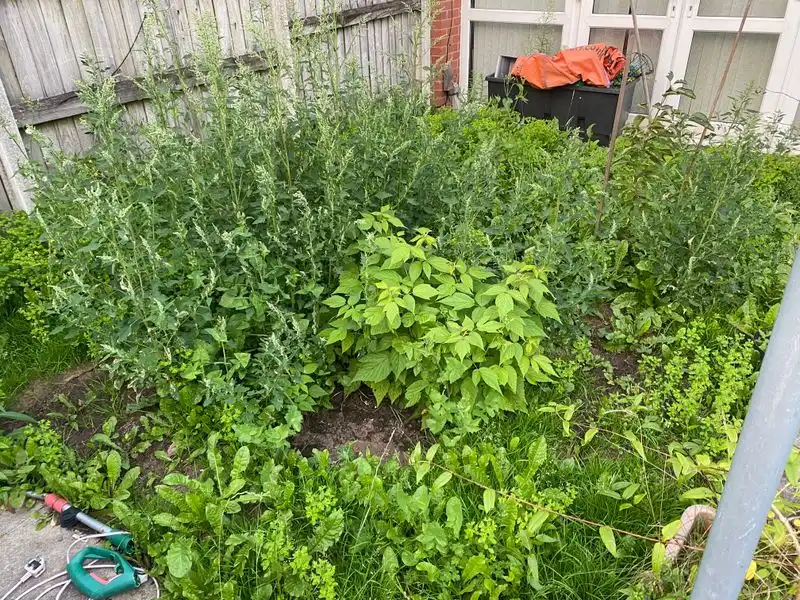
Dense gardens offer perfect conditions for weeds to thrive, competing for the same resources as your plants. Weeds can quickly take over, stifling growth and reducing yields.
Frequent weeding and mulching can help manage unwanted growth. Keeping plants well-spaced can reduce the opportunity for weeds to establish, allowing for easier maintenance and healthier plant development.
Poor Air Circulation
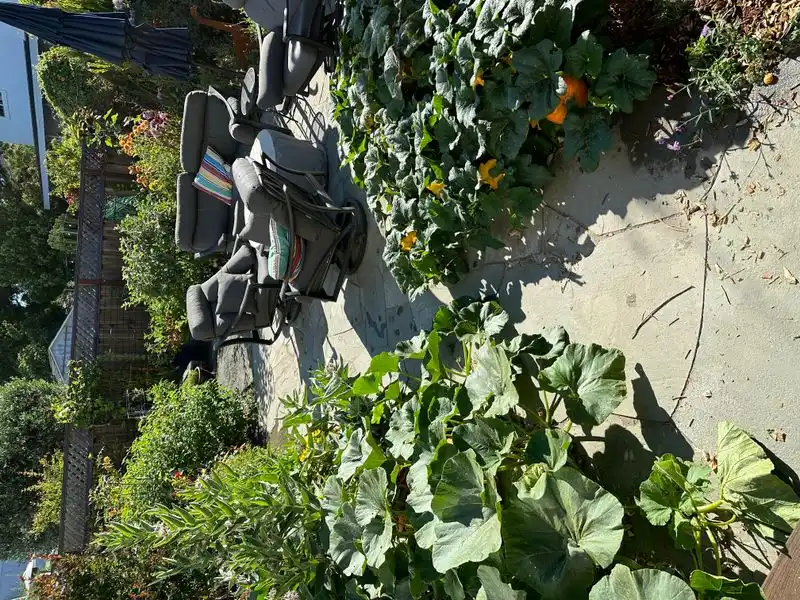
Close planting can hinder air movement, leading to excess moisture and increased risk of fungal diseases. Poor air circulation can suffocate plants, causing stress and reduced vitality.
Strategically spacing plants can enhance airflow and mitigate these issues. Regular pruning can also help maintain a healthy environment by improving air movement and reducing disease risk.
Overwhelmed by Variety
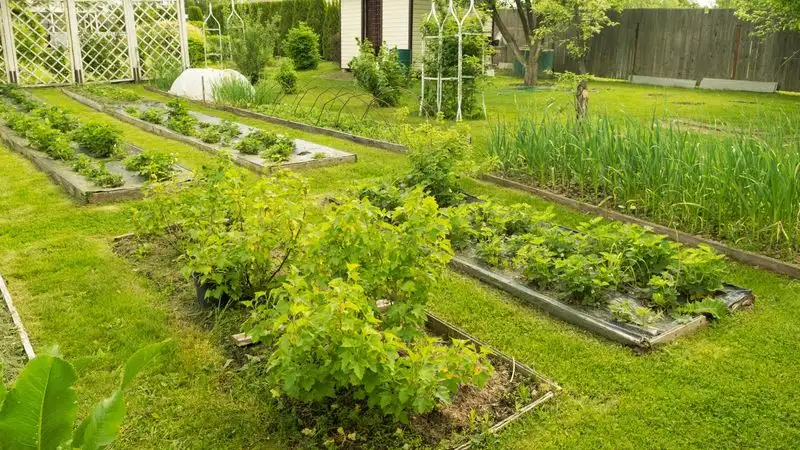
Having too many different plants can be overwhelming, making it challenging to provide the specific care each requires. This can lead to neglect and suboptimal plant health.
Focusing on a select few varieties that suit your environment can simplify care routines. This approach ensures that each plant receives the attention it needs, enhancing overall garden management and enjoyment.
Increased Resource Consumption
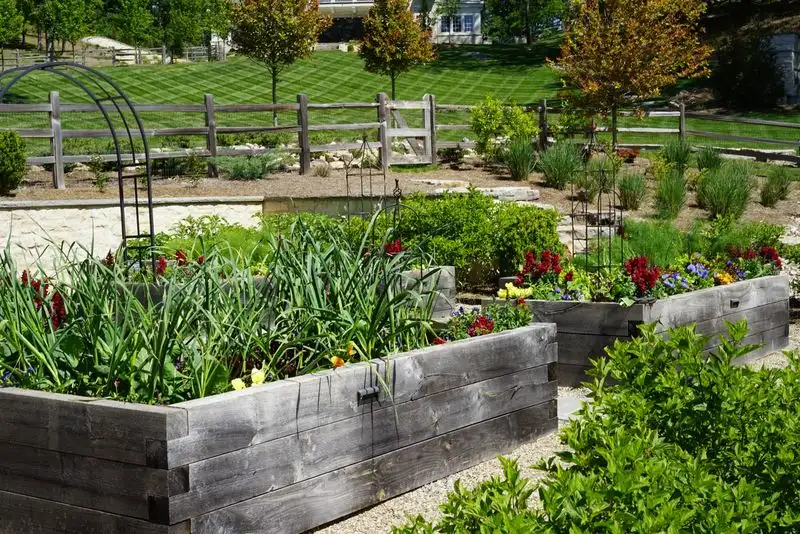
A densely planted garden demands more water, fertilizers, and time. This can lead to resource strain, both environmentally and financially.
Implementing sustainable practices like rainwater harvesting and composting can help manage these demands. Efficient resource use not only supports your garden but also minimizes environmental impact.
Aesthetic Challenges

Overplanting can result in a chaotic appearance, detracting from the garden’s aesthetic appeal. The lack of harmony can make it difficult to appreciate individual plants.
Thoughtful design and plant selection can enhance visual appeal. Grouping similar plants and incorporating focal points can create a cohesive look, making your garden both functional and beautiful.
Difficulty in Pest Management
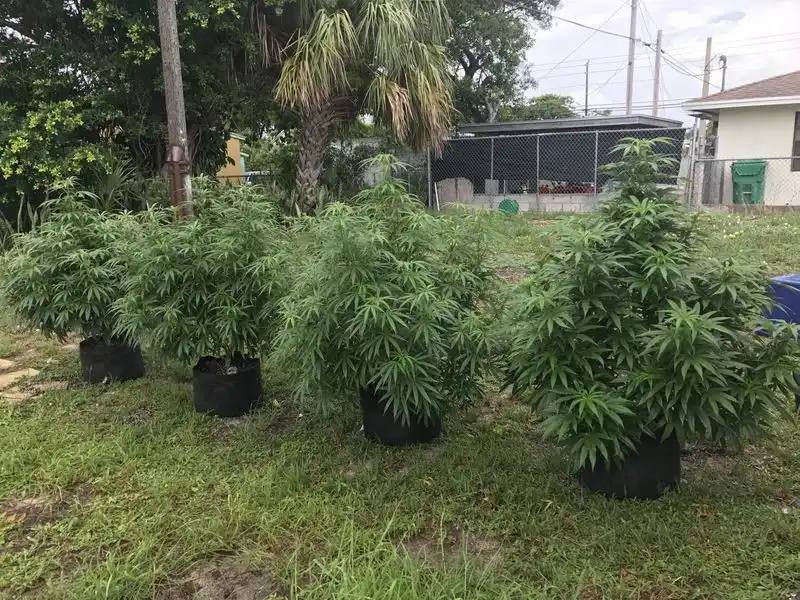
In a crowded garden, applying pest control measures becomes a challenge. Dense planting can hide pests, making them harder to identify and treat.
Integrated pest management strategies, such as companion planting and biological controls, can be more effective. Clear paths and access points facilitate monitoring and treatment, ensuring that pest issues are managed efficiently.
Fire Hazard Risk
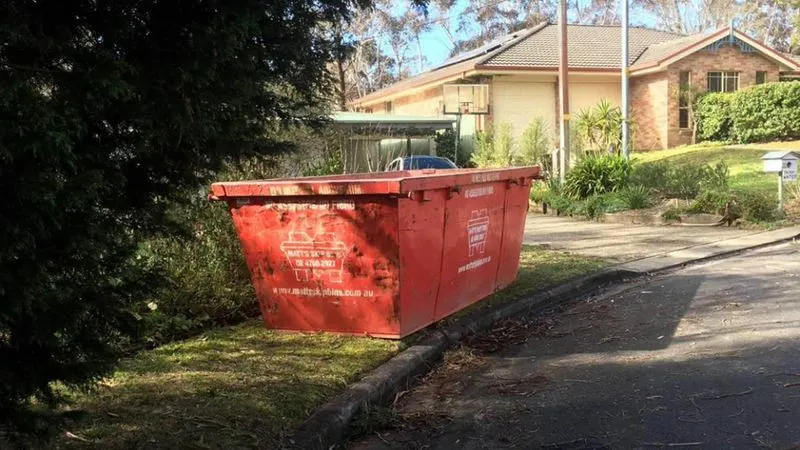
Overcrowded gardens can pose a fire risk, particularly in dry climates where dense vegetation can become tinder. Proper management is key to mitigating this hazard.
Regularly removing dead plant material and maintaining clear firebreaks can reduce risk. Selecting fire-resistant plant species and maintaining appropriate spacing further enhances safety.
Emotional Stress
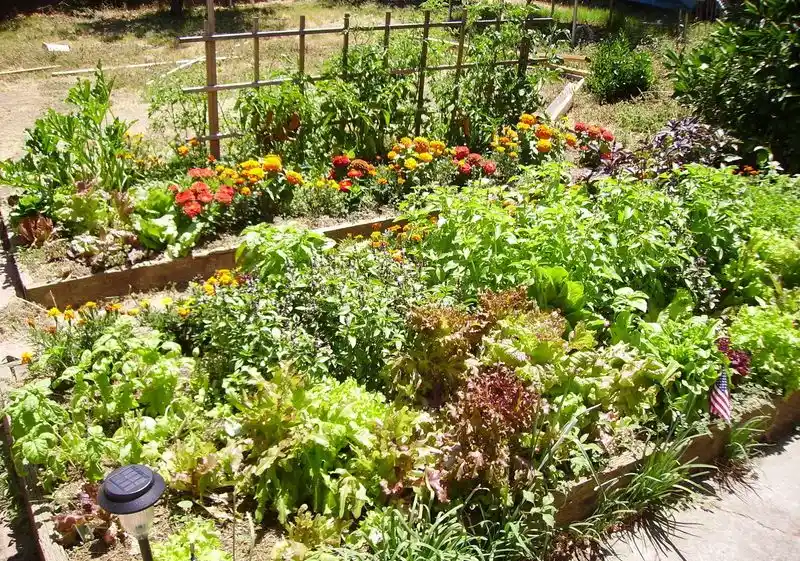
Tending to an overplanted garden can be stressful, with the pressure to manage it effectively leading to frustration. This emotional burden can overshadow the joy of gardening.
Breaking tasks into manageable chunks and seeking help when needed can alleviate stress. Embracing the learning process and focusing on progress rather than perfection can make gardening a more rewarding experience.
Reduced Biodiversity

Overplanting often means focusing on fewer species, resulting in reduced biodiversity. This can impact the garden’s resilience and ecological balance.
Incorporating a variety of plant types, including native species, can enhance biodiversity. This approach supports pollinators and other beneficial wildlife, creating a vibrant and balanced garden ecosystem.

